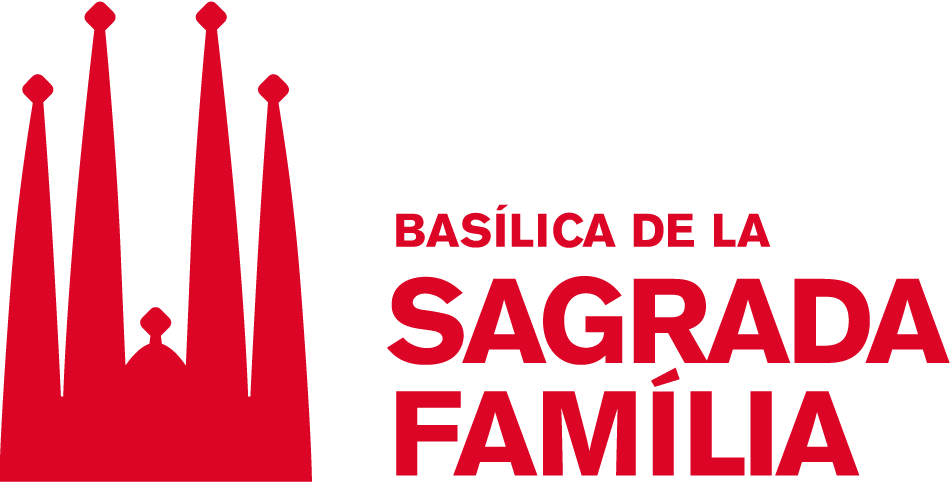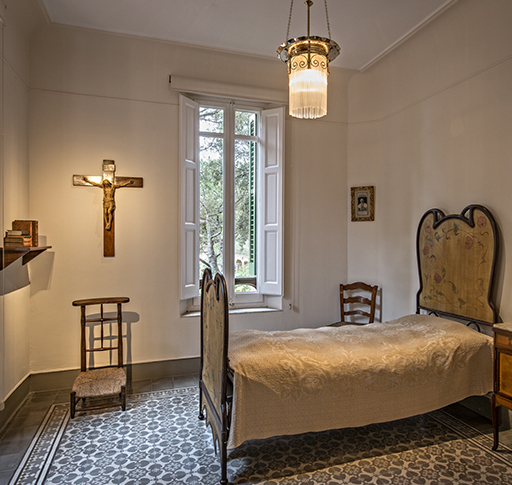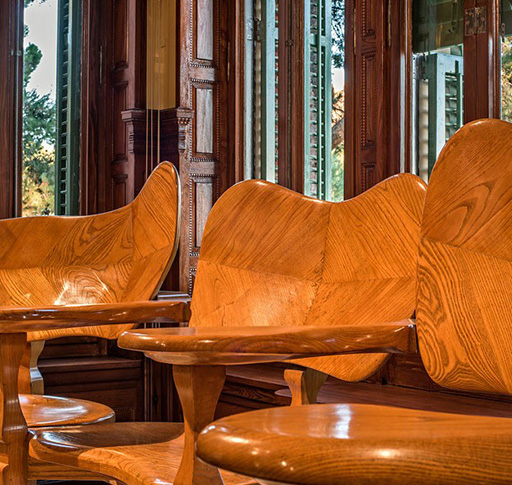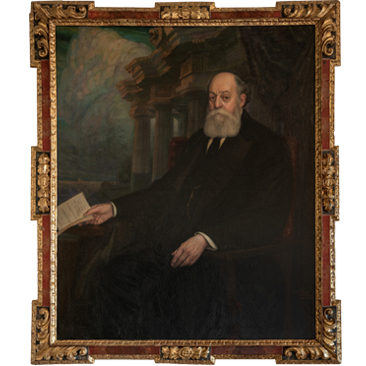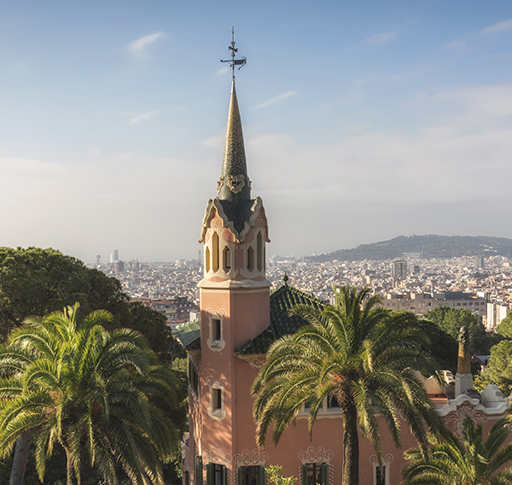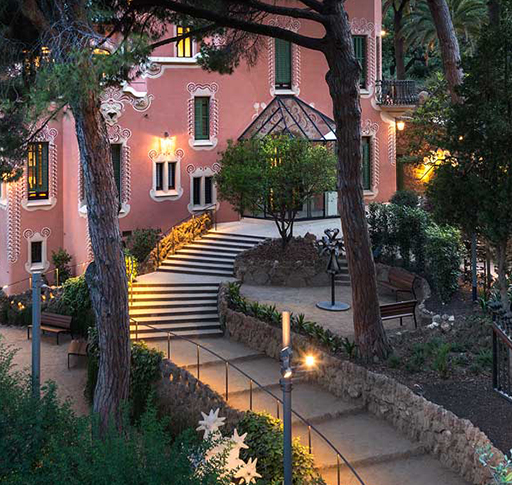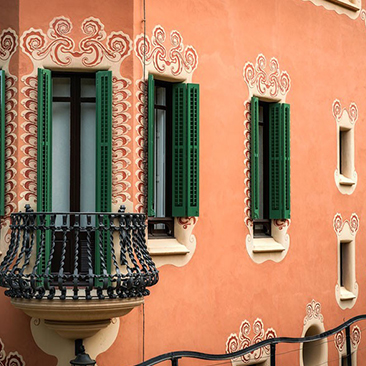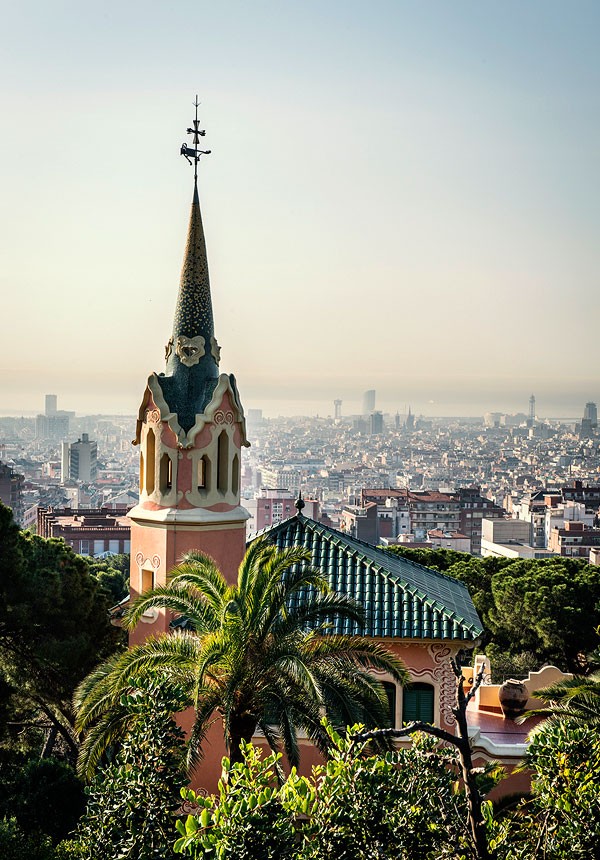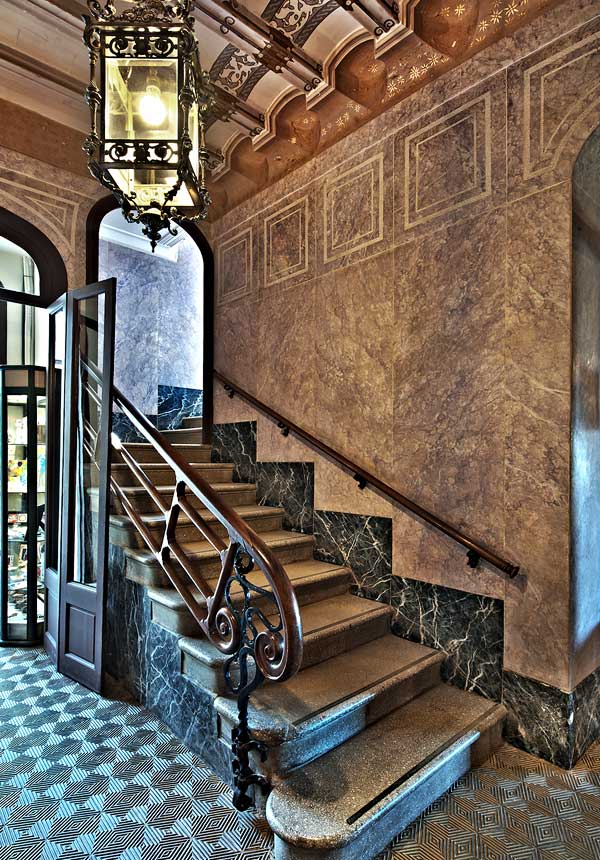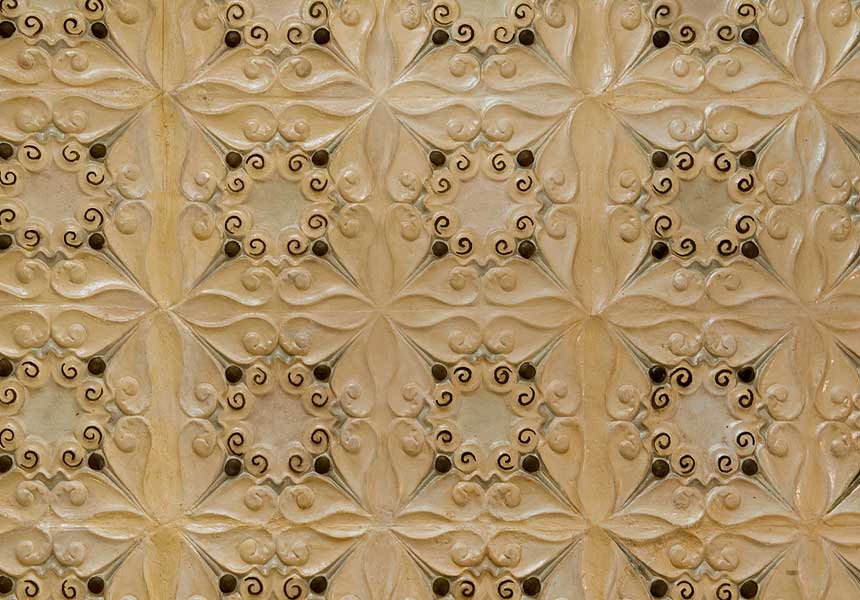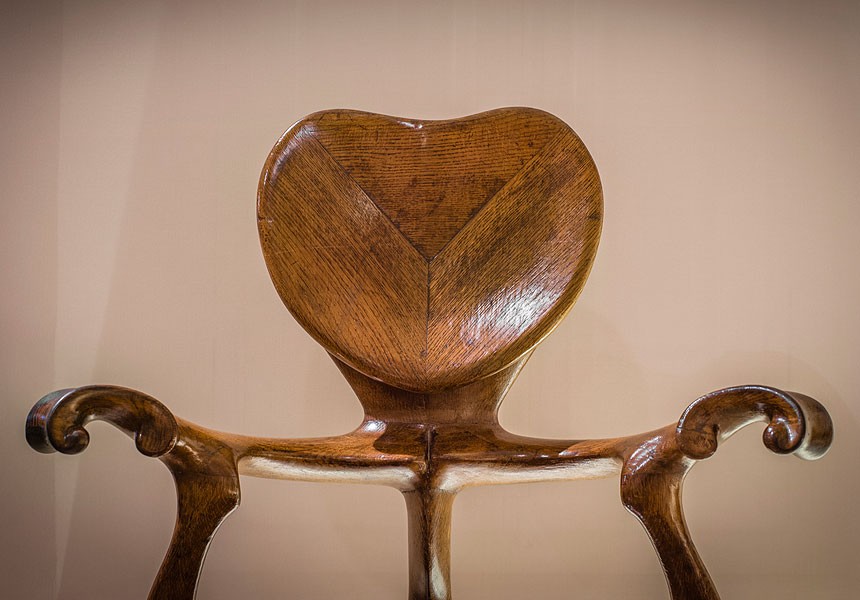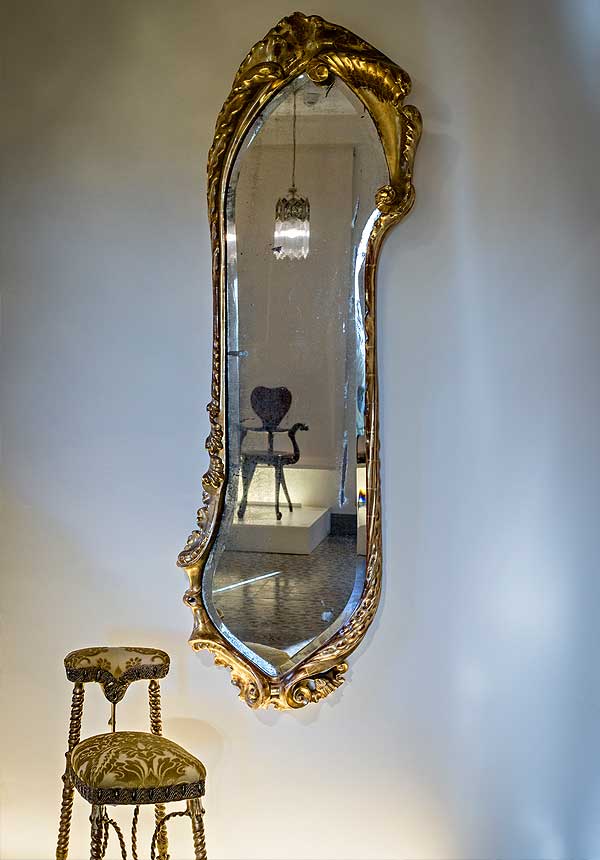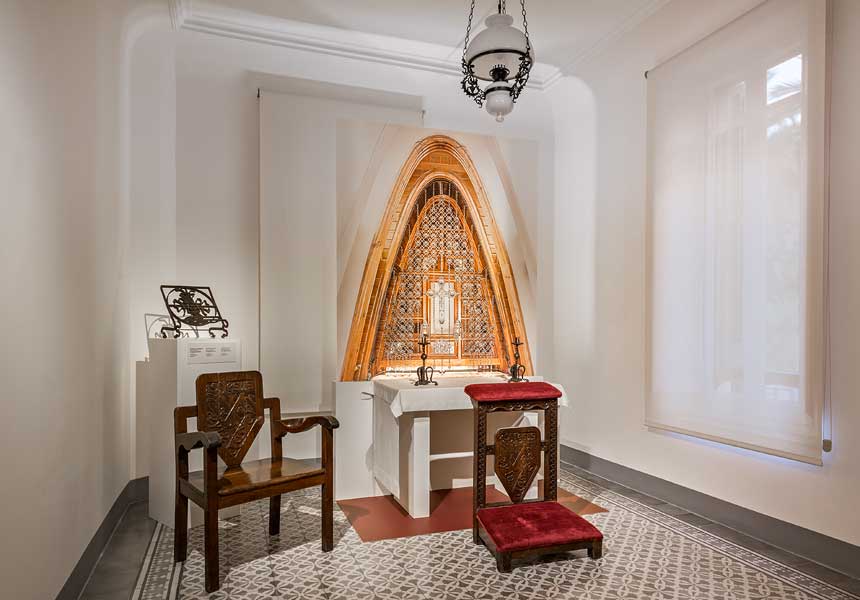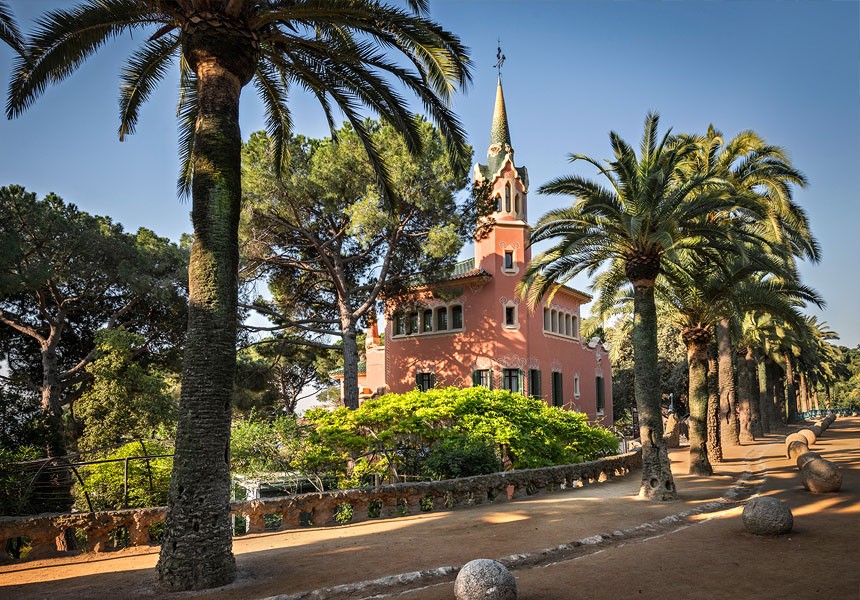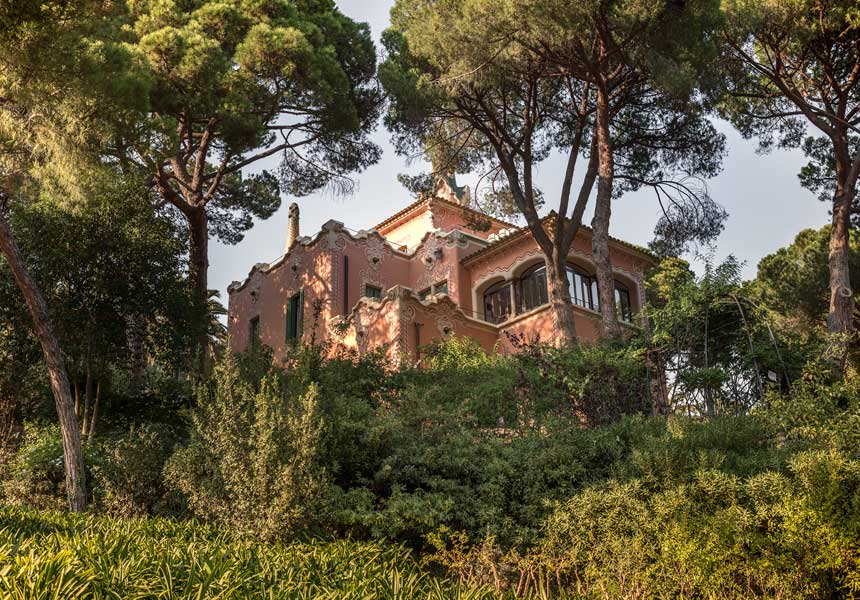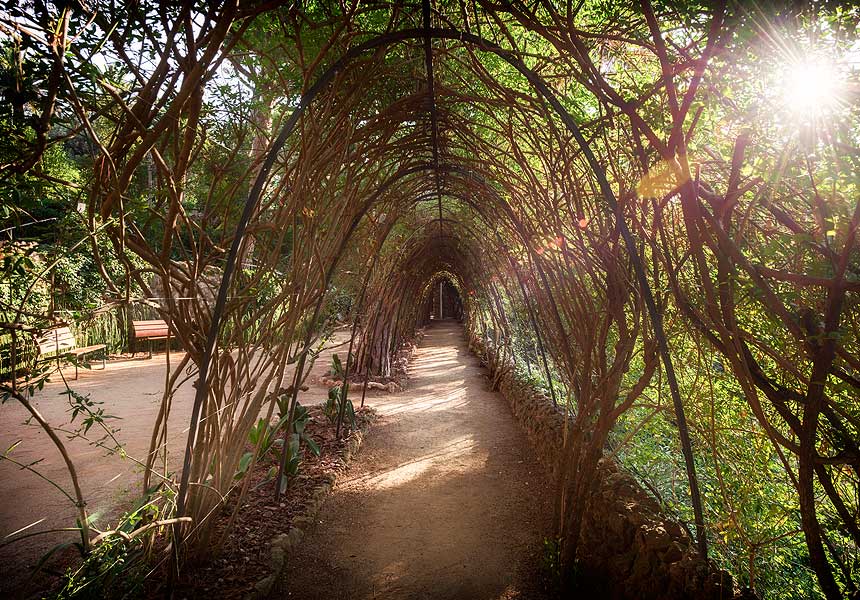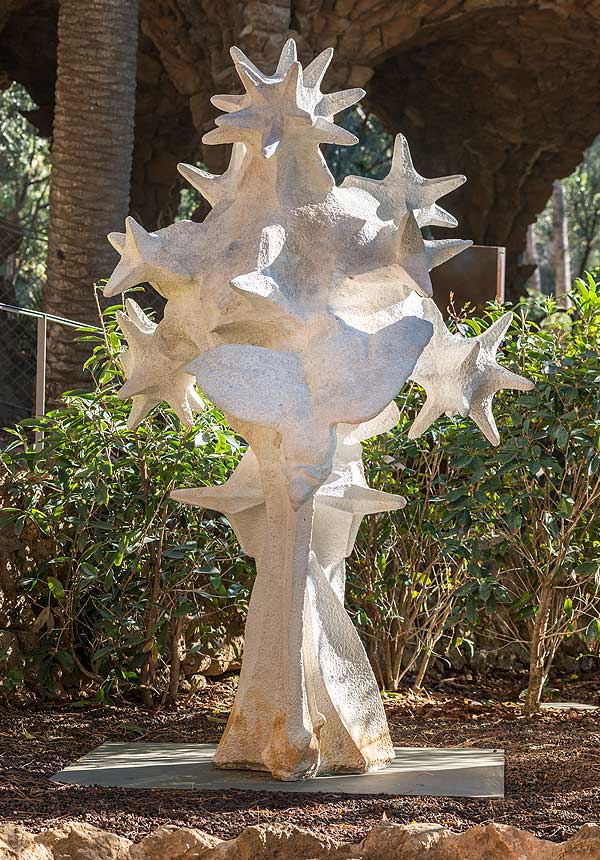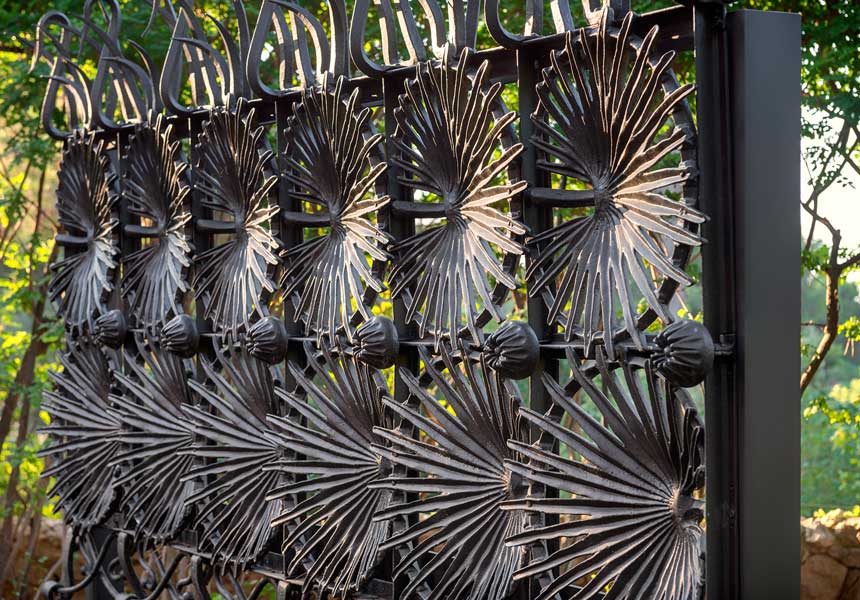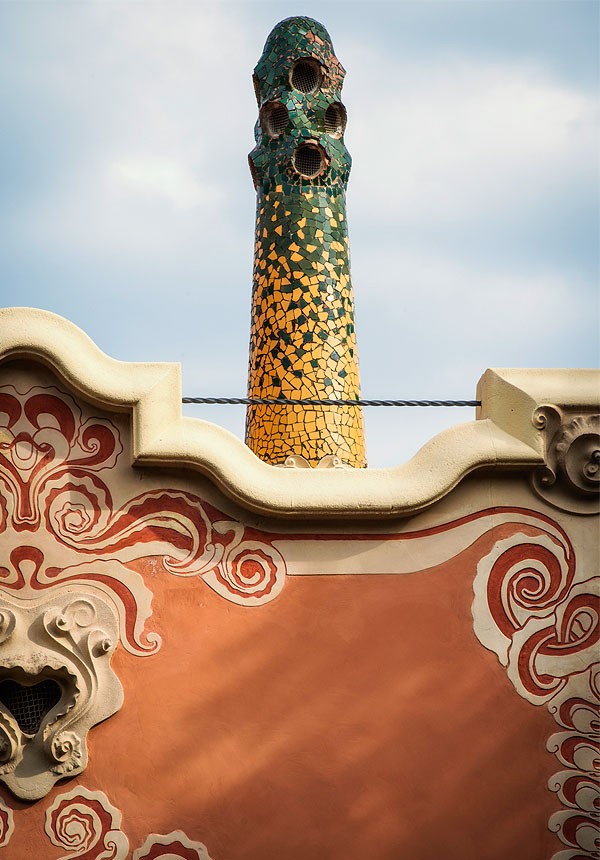Gaudí House Museum
Banner Avís Casa Gaudí
Gaudí House Museum
The Gaudí House Museum was the architect's residence from 1906 to 1925. The building, constructed as a model home for the Park Güell development, was designed by Francesc d’Assis Berenguer i Mestres (1866-1914), a close friend and right-hand man to the architect. The home was privately owned after Gaudí's death and, in 1963, was opened to the public as the Gaudí House Museum.
Since it was opened to the public in 1963, Gaudí House Museum has worked to show who Gaudí was apart from being an architect. So, over the years, the museum has collected furnishings he designed, objects and other documents linked to his life.
The Gaudí House Museum shows the more personal side of the architect, as well as furniture and other items he designed or that were executed under his guidance.
Information of interest
Starting in 2024, management of the Gaudí House Museum will be handed over to BSM.
Tickets can be purchased HERE
The Gaudí House Museum was the architect's residence from 1906 to 1925. The building, constructed as a model home for the Park Güell development, was designed by Francesc d’Assis Berenguer i Mestres (1866-1914), a close friend and right-hand man to the architect. The home was privately owned after Gaudí's death and, in 1963, was opened to the public as the Gaudí House Museum.
Since it was opened to the public in 1963, Gaudí House Museum has worked to show who Gaudí was apart from being an architect. So, over the years, the museum has collected furnishings he designed, objects and other documents linked to his life.
The Gaudí House Museum shows the more personal side of the architect, as well as furniture and other items he designed or that were executed under his guidance.
Information of interest
Starting in 2024, management of the Gaudí House Museum will be handed over to BSM.
Tickets can be purchased HERE
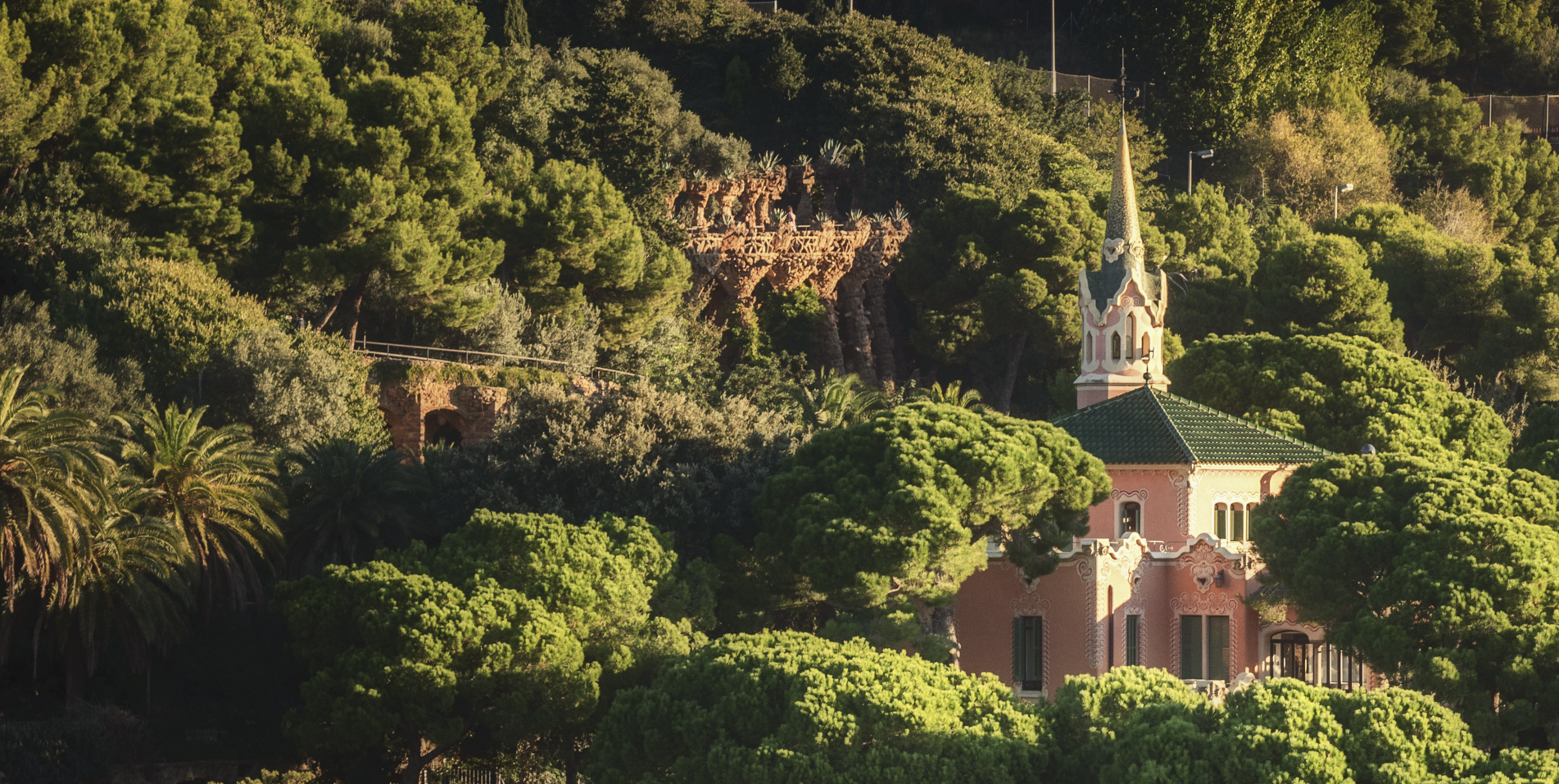
espacio
espacio
espacio
Collection
Collection
Collection
espacio
espacio
espacio
Linea
Linea
Linea
History
Linea
Linea
Linea
espacio
espacio
espacio
Gaudí House Museum virtual visit
Gaudí House Museum virtual visit
Gaudí House Museum virtual visit
espacio
espacio
espacio
panatourMG JSP Portlet
espacio cmg 1
espacio cmg 1
espacio cmg 1
Photo gallery
Photo gallery
Photo gallery
espacio
espacio
espacio
